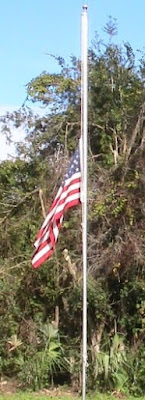Contender Snap Beans (September only) germinates in 8 days and matures in 40 - 60 days.
Detroit Beets germinates in 8 days and matures in 55 -75 days.
Imperator Carrots germinates in 8 days and matures in 100 -120 days.
Kale sown in December germinates in 10 days and matures in 60 - 90 days.
Black seeded Lettuce germinates 7 days and matures in 60 - 90 days.
Sweet Peas sown in December germinates in 10 days and matures in 100 - 150 days.
Turnips germinates in 7 days and matures in 45 - 60 days.
Radishes sown in October germinates in 6 days and matures in 28 - 36 days.
Spinach germinates in 8 days and matures in 40 - 60 days.
It is important that the soil is free from debris making for for a smooth bed for the seeds, especially the small seeds, so that they don't have to struggle so hard to germinate. Once the seedlings are large and healthy enough, it is time for thinning out the plants, fertilize, and water. It may also be advantageous to mulch the plants to conserve water and keep the roots from getting cold.
This is my wish list for Vegetables from Plants to plant in in my garden:
Broccoli matures in 55 - 75 days.
Brussel Sprouts matures in 75 - 120 days.
Cabbage matures in 120 - 150 days.
Cauliflour matures in 120 - 150 days.
Collards matures in 60 - 80 days.
Kale planted in December matures in 50 - 60 days.
Mustards matures in 85 - 100 days.
Water, fertilize, and mulch as needed. Oh, I forgot the weeding. Remove unwanted growth to keep from weeding at a later date--weed management.
A Special Thanks to Standard Feed for their many fine seed.
Thank you for visiting my blog.

















































